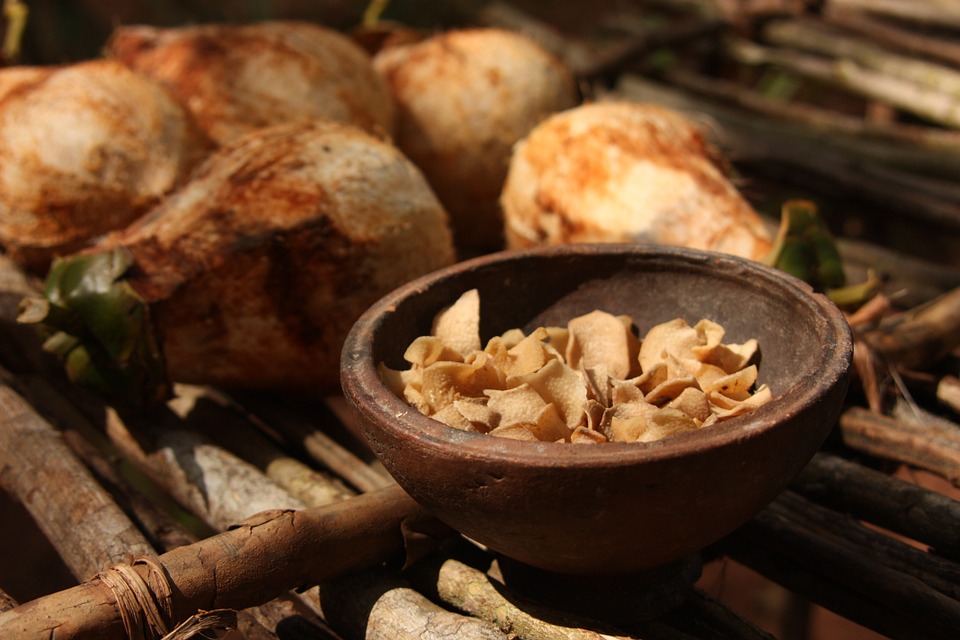Top 3 Cuisines You Must Try in Mali
Posted by marycimeni in Travel Planning on Nov 5th, 2020 | Comments Off on Top 3 Cuisines You Must Try in Mali
The food of Mali, situated on the southern edge of the Sahara Desert, comprises mostly millet, corn, or rice porridges presented with an assortment of “sauces,” or stews. These sauces can be made with peanuts, okra, baobab leaves or yam leaves. Meats and vegetables are added to the sauces, which are then served over porridge, couscous or rice.
Timbukto and Gao Pasta
In Timbuktu and Gao, katta is an irregular sort of pasta made with neighborhood wheat flour. It is created by ladies who additionally make different flavorful food, for example, bread (wadjila, tukasu, and takula) and luttre – hamburger wieners enhanced with different flavors and garlic.
So as to make katta pasta, the ladies first structure a wad of batter, at that point remove little pieces and move them between two fingers. The slight, short strings of pasta are dried in the shade for 24 hours, at that point toasted in a dish until they build up a caramel yellow tone.
Dogon Some
Dogon individuals live in a chain of red sandstone precipices which run from north to south over the Mali plain. They have uncovered their homes from underneath the stone and fabricated cabins. Close to these houses are fields where local people produce shallots, their essential wellspring of pay, sold new or dried.
These shallots are cherished at business sectors because of their pleasantness and interesting flavor. The Dogon public, nonetheless, additionally produce an assortment of vegetables, oats, and vegetables. The ladies use blossoms, leaves, and product of each plant to make an assortment of sauces called somé. Kamá is the powder made by granulating dried roan leaves, pourkamá is made by pounding dried leaves of a neighborhood tree known as neré, djabá pounan is made by crushing dried shallot pellets, at that point cooking the powder in nut oil, while gangadjou pounan is a powder of dried okra.
Maafe
This customary stew, once in a while likewise alluded to as a sauce or soup, is appreciated all through West and Central Africa, however it is trusted that it started among the Bambara individuals in Mali. It comes in various territorial varieties, however every rendition is made with broiled peanuts that are ground into flour and make the fundamental sauce of the dish.
The rundown of extra fixings is broad, and it normally incorporates tomato glue, fish or meat, typically hamburger, sheep, goat, or chicken, different vegetables, and various flavors, for example, ginger, turmeric, coriander, or cinnamon. The varieties regularly contrast in surface and consistency, while the side dishes are locally impacted and may incorporate anything from rice to couscous, fufu, or yams.
